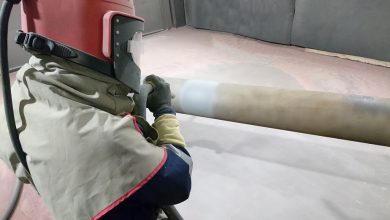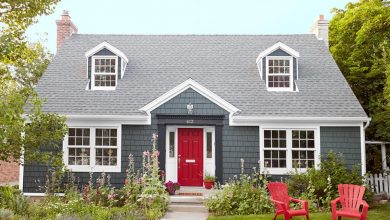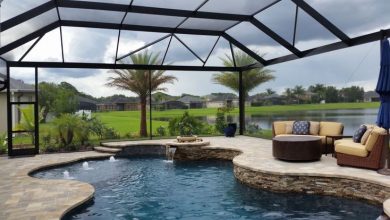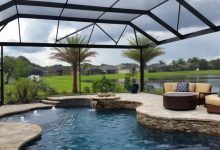What Are The Different Types Of Paving Wigan Slabs?
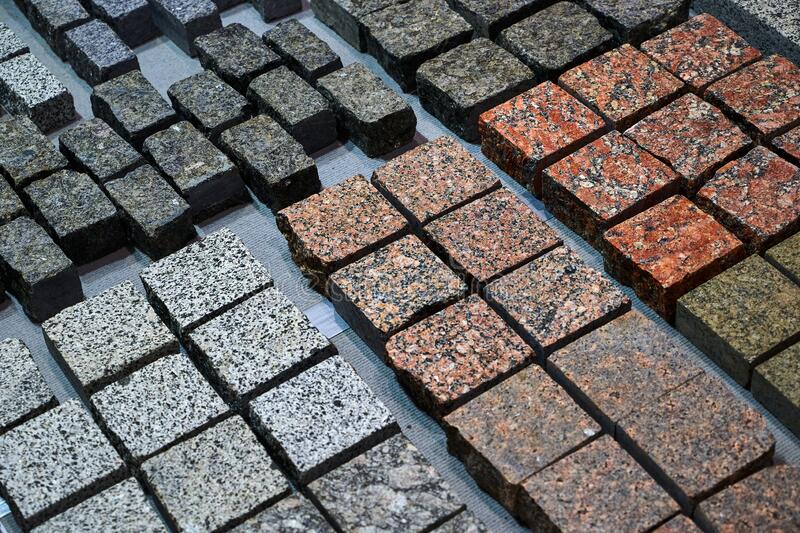
Index Of The Blog
First, let’s look at the reasons why we need paving. The main reason for this is that it will protect your garden or outside space and a Paving Wigan is the best choice for it.
If you leave the field to the warehouse without the need to cover the outside area, then it may be possible that the delicate parts of the base can be removed, and the surface can be fixed.
The paving, is as important as the architecture, the design, since it is likely to be the first expression people have of the property, and the beauty of the tiles, natural stone slabs, may also add to increase the appeal.
Reinforced concrete slabs are also used for landscaping the garden to create a patio surrounding the swimming pool, and, much more.
The choice of a slab, not only a give great look but also functionality.
Durability is another reason to opt for to quell the invasion.
Without paving, the surface may be rough and dangerous. Dozens of villages are more secure by paving.
Choose the sustainable and natural stone in your pavers will not only look good but will also last for many years.
The three main types:
It has the inherently grainy texture of the finished granite slabs, with their natural durability, which is slip-resistant, so they work great even in the rain, as well as the garden areas and are designed to get wet, when it is used, for example, around a swimming pool.
The aesthetic appeal of the sandstone is a bonus, its colour can be changed from the beautiful sand of the desert to the-earth red, brown colours and, brown shades, which you can use to create a beautiful decorative effect.
Sandstone
One of the most popular is the riven in the sandstone, which is, of course, a crevice tool, a bumpy, smooth finish with a random cam, and plates, most commonly reduced by its edge.
You can choose from timber, stone, and refined sand, the sand being cut into the plateau of the six sides, timber, stone), and then the semi-polished (honed) to produce an attractive smooth finish.
Timber, stone, and hurled the sand is not the end of it, even the ones that went, sawn six sides, and then to be crushed in order to give it an attractive, non-slip surface.
The rich decoration, curbs, add a custom color to the garden design.
Track sandstone paving is created by the new-split-stone, by the vibration of the machinery, equipment, and smooths out the edges, round corners, and turns up the split in the profile of a gorgeous vintage make-up look.
The Sandstone is an ideal choice for any budget.
It may not have the same features as granite or slate, but if you’re worried about, sandstone paving, it will serve you for many years to come.
If you want your pavers to be here, and the natural rocks and stones, sand is the one for you. It can change the colour to a more neutral colour to add a contemporary touch to the, already fragile, and traditional garden. Or, you may choose beige, and gray tones in your skin, and modern effects to the summer garden. Then, the pink sand, and graphite paving stones provide the perfect balance between a carbon and a dark grey, with touches of gold, and the wrinkles on the rock is a unique, modern, and vibrant style look.
Granite
Why choose granite? In the first, the rough texture of the paving, granite tiles, providing an advantage in terms of versatility.
It works beautifully in a wide range of conditions-from the strategy, the road to the garden, patio, steps, and stairs.
It has a luxurious interior, and often soft, but with a character that has its origins as a cold heart of stone, and are generally suitable for those who would like to have a contemporary or a traditional lookout for the music and an outdoor seating area.
Limestone
Limestone is a verstile and easy-to-maintain, as well as the aesthetic function of a wide variety of the natural conditions of existence.
Literate, which is calcium carbonate, in combination with the layer of minerals and fossil shells, for millions and millions of years ago, might be a pretty obvious choice.
You can select a honed and brushed to limestone, where the surface has been sanded so that it is straightforward with a brushed finish, then sanded to make it smooth and rounded, the ends of the earth, traveling over the edge.



